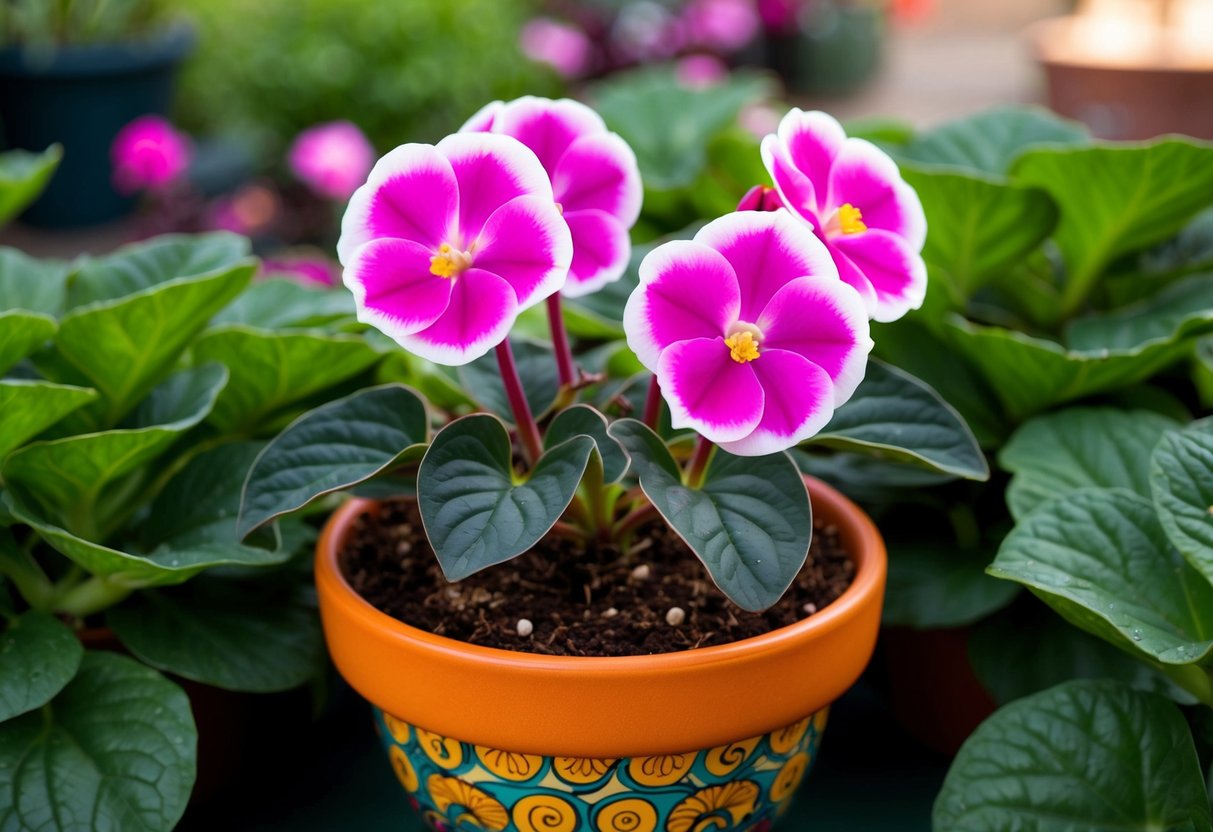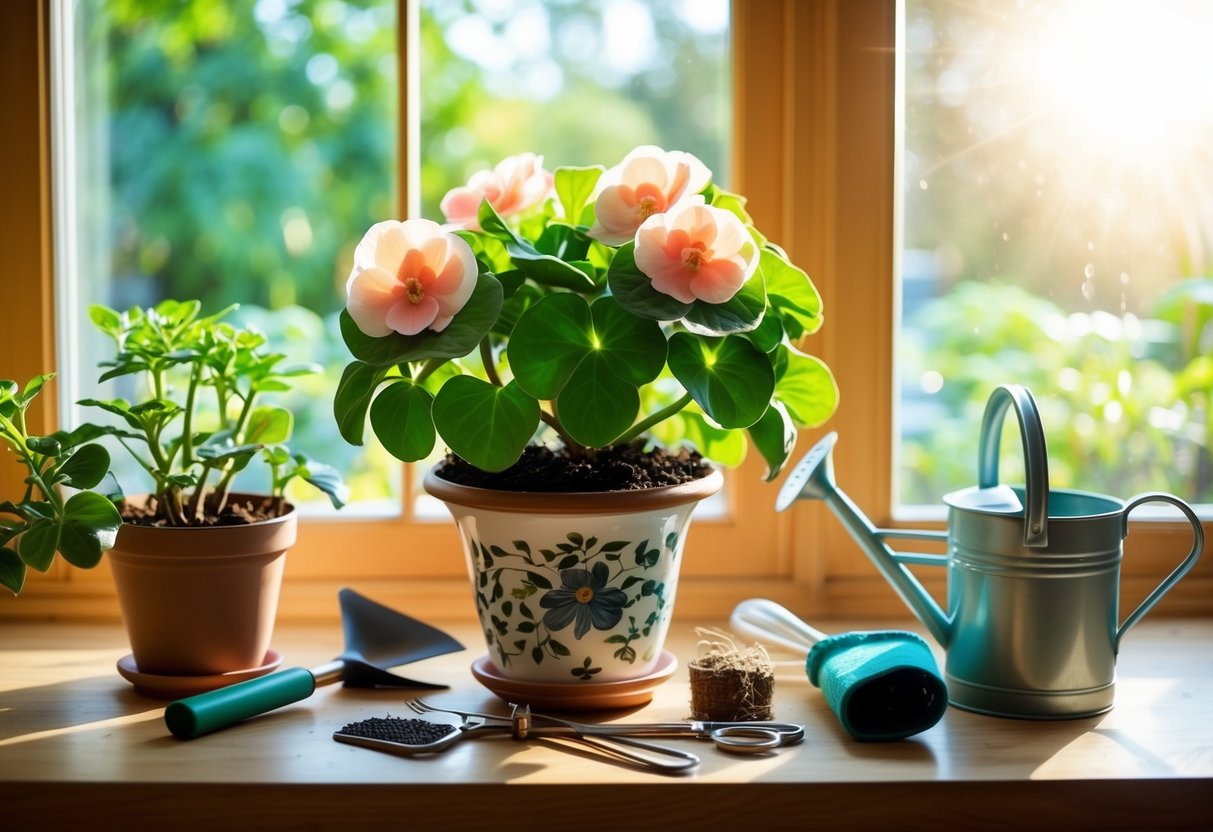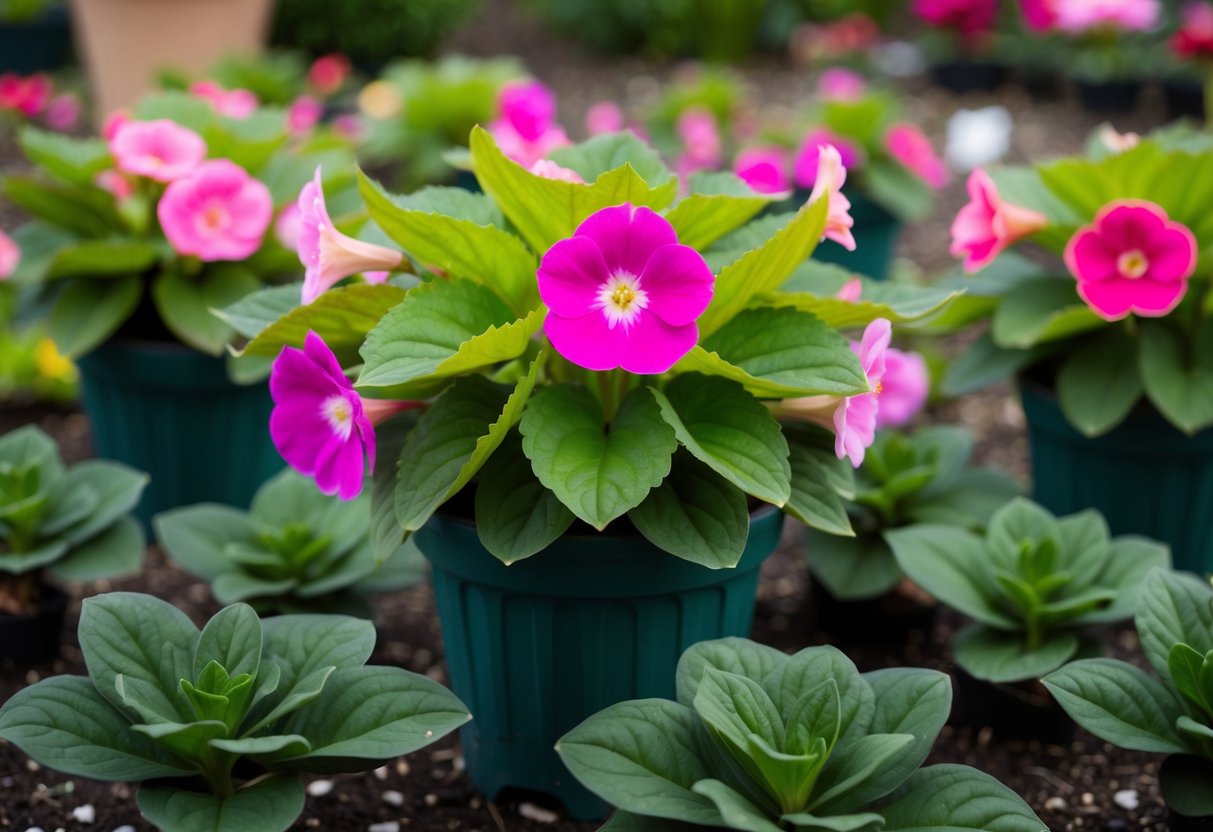What is the Lifespan of a Begonia? A Quick Guide
If you’re a plant lover, you might have come across the beautiful begonia. These plants, known for their lovely blooms, can add charm to any garden or indoor space. Begonias generally live for one year if treated as annuals, but some varieties can last up to 2-3 years as perennials. This depends on the type and how you care for them.

Begonias come from tropical areas and are popular for their adaptability. If you take good care of them, they can thrive indoors all year long. You might be surprised to learn that bringing them inside can help them survive harsh winters, which is great if you’re looking to extend their life.
Interested in growing begonias? They are versatile and suitable for different environments. The trick is to know what each type needs. Whether you’re a seasoned gardener or just starting out, this post will guide you through the basics and make growing begonias a rewarding experience.
Understanding Begonias

Begonias are versatile plants known for their beautiful blooms and varied growth habits. These tropical plants come in numerous varieties, each offering unique features. You’ll discover different types of begonias and their growth characteristics in this section, allowing you to choose the right plant for your garden.
Begonia Varieties
Begonias belong to the Begoniaceae family and include species like tuberous, rhizomatous, wax, and cane begonias. Tuberous begonias are celebrated for their large, bright flowers. They thrive in shaded spots and need regular watering. Rhizomatous begonias feature thick foliage, adding texture to gardens. They grow from rhizomes and prefer humid conditions.
Wax begonias are perfect for beginners. These hardy plants bloom profusely, making them popular annuals in flower beds. Wax begonias are low-maintenance and adaptable to different environments. Angel wing begonias have a distinct look with their wing-shaped leaves. These plants are visually striking and grow well in containers indoors.
Rex begonias showcase vibrant, colorful leaves. They are grown primarily for their ornamental foliage. Begonia grandis, a hardy type, can withstand cooler temperatures, making it a good choice for gardens outside tropical climates. Cane begonias, with their upright stems, add height to your plant arrangements.
Plant Biology and Growth Habits
Understanding how begonias grow helps you care for them better. They can be perennials or annuals, with growth habits influenced by their type. Tuberous begonias have a dormant period; during this time, the tubers store energy, allowing for more robust blooms in spring.
Most begonias, including rhizomatous and cane types, thrive in warm, humid conditions. They require part shade and well-draining soil. Proper watering keeps their roots healthy, while overwatering can lead to root rot. Begonias typically have a blooming period extending through spring, summer, and fall. Their flowers come in various colors, enhancing your garden’s appearance.
Folks growing fibrous begonias find them easily manageable, as these plants adapt well to both indoor and outdoor settings. Hybrid species have introduced new varieties, combining features from different types of begonias. By understanding their biology, you can provide the care needed for healthy, thriving plants.
Caring for Begonias

Begonias thrive with proper care and attention. They require specific environmental conditions, appropriate soil and watering practices, and regular maintenance to flourish. Following these guidelines will help you keep your begonias healthy and vibrant.
Optimal Environmental Conditions
Begonias prefer warm, humid environments. Ideally, indoor begonias should be kept at a temperature of 60-75°F. They thrive in humidity levels between 50% to 60%. Consider using a humidifier or placing a tray of water near the plants to enhance humidity.
Position your begonia in a spot with filtered sunlight. Morning sun or partial shade works best. Avoid direct sunlight, as it may scorch the leaves. For outdoor plants, ensure they are not in intense, direct sunlight.
Soil and Watering Guidelines
Begonias require well-draining soil to prevent root rot. You can use a standard potting mix with added perlite or sand to improve drainage. Maintain a soil pH between 5.5 and 6.5 for optimal growth.
Water your begonia when the top inch of soil feels dry. Overwatering can lead to problems, so be cautious. For potted begonias, ensure there’s adequate drainage in the pot. In the growing season, water deeply but less frequently, allowing the soil to dry slightly between waterings.
Pruning and Maintenance
Regular pruning helps begonias grow bushier and healthier. Pinch back the tips of the stems to encourage fuller foliage. Removing dead or yellowing leaves is important to prevent disease.
Deadheading spent blooms will keep your begonias looking neat and vibrant. If you want to propagate, you can take stem cuttings for new plants. This simple maintenance routine will keep your begonias thriving throughout the year.
Propagation and Reproduction

Begonia propagation is a fun way to produce more plants. You can use cuttings or leaves, and each method works well for these popular, shade-loving plants. With the right steps, you can grow new begonias for your garden or containers.
Techniques for Propagation
To propagate begonias, start with stem cuttings or leaf pieces. Use clean tools like shears or a knife to cut. It’s important for the tools to be disinfected with rubbing alcohol or warm soapy water to avoid plant diseases. Make sure each piece has a vein for successful growth.
After cutting, place the pieces in soil or water. Stem cuttings root well both ways. Use a container that allows for drainage and keep the plants in indirect sunlight to encourage healthy growth. Successfully propagating begonias in this way lets you expand your garden design and bring more companion plants to your space.
Propagating begonias is easy and satisfying, giving you more of these colorful beauties to enjoy.
Common Issues and Solutions

Begonias can face challenges like pests, diseases, and environmental stress. It’s helpful to understand these issues to keep your plant healthy and thriving.
Pests and Diseases
Begonias often attract pests like mealybugs, thrips, and whiteflies. These pests can suck the sap and weaken your plant. To combat this, inspect your plant regularly for any signs of pests and remove them by hand or use insecticidal soap. A solution made of water and dish soap can also deter them.
Fungal diseases such as powdery mildew and root rot are common in begonias. Keep an eye out for white powdery spots or mushy roots. Make sure your plant is not overwatered, and provide good air circulation. Use a fungicide if necessary to control mildew.
Dealing with Environmental Stress
Begonias may struggle with environmental changes, especially during winter. Freezing temperatures can be harmful, causing them to become leggy. Protect your plant from frost by moving it indoors or covering it if you expect cold weather.
Begonias prefer stable temperatures, so avoid placing them near drafts or heaters. They thrive in mild climates and indirect light. If you notice your plant looking stressed, consider adjusting its location and watering schedule.
Seasonal Care and Longevity

To make your begonias live longer, focus on seasonal care and watch for changes in climate. With proper techniques, you can enjoy their beautiful blooms across different times of the year.
Maximizing the Lifespan
Begonias, especially varieties like Begonia maculata with its striking dark green leaves and polka dot patterns, thrive under the right conditions. These plants are usually annuals, but some cultivars are perennials that, with proper care, can last two to three years. For maximum lifespan, provide good soil, water responsibly, and feed them well.
Begonias prefer well-draining, loamy soil with a pH level between 5.5 and 6.5. Regular fertilization keeps them healthy and promotes a long blooming period. Apply a balanced, water-soluble fertilizer every two to four weeks during the active growing months. Always keep them in locations with partial shade to protect from strong sunlight.
Winter Care for Begonias
Protecting begonias in winter is essential, especially for tender types that may not survive colder months. Hardy begonias can handle cooler temperatures, yet they still benefit from extra care.
Begin by reducing watering as the temperature drops. Too much water can lead to root rot.
For begonias stored indoors, consider repotting them in fresh potting mix before winter arrives.
If you have outdoor begonias like hardy varieties, you can mulch them to insulate against freezing temperatures. Overwintering helps them survive, ensuring they return strong in spring.
Keep checking them for pests and diseases since plants can be more vulnerable in this period.







